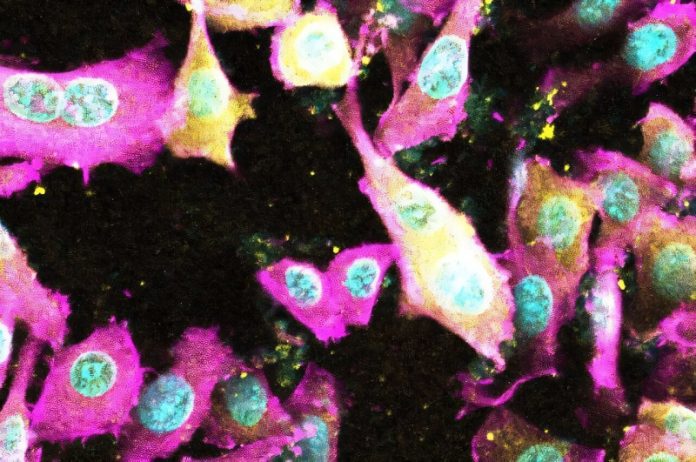
Researchers at La Trobe University have made a major breakthrough in understanding how a harmful strain of E. coli bacteria causes severe gut infections.
The discovery could lead to better and more targeted treatments for diarrheal illnesses, which affect millions of people worldwide, especially young children.
The study, published in Gut Microbes, reveals for the first time the detailed 3D structure of a powerful toxin used by enteropathogenic E. coli (EPEC).
This toxin, called EspC, acts like “molecular scissors” to cut into and destroy the cells that line the gut. This damage leads to diarrhea, which in severe cases can result in life-threatening dehydration, especially in children under five.
Dr. Akila Pilapitiya, who worked on the research as part of her Ph.D., said the team used a range of scientific methods to uncover how EspC works.
While scientists already knew that EPEC used EspC as a toxin, they didn’t understand how it actually harmed the gut.
By studying the shape and structure of EspC, Dr. Pilapitiya and her colleagues showed how each part of the toxin plays a role in damaging cells. This knowledge is vital because it helps scientists begin designing drugs that can block the toxin without harming good bacteria in the body.
Professor Begoña Heras, who co-led the study, said this discovery is especially important as antibiotic resistance continues to grow.
Many E. coli strains, including EPEC, are becoming harder to treat with current antibiotics.
That’s a serious concern, as diarrheal illnesses still kill around 1.3 million children under five each year worldwide.
Current treatments usually rely on broad-spectrum antibiotics, which kill both bad and good bacteria in the gut. This can disrupt the balance of bacteria in our bodies and make things worse in the long term. On top of that, E. coli and other bacteria are adapting quickly, often becoming resistant to even the strongest antibiotics available.
Dr. Jason Paxman, another lead researcher, said doctors are already struggling to treat infections because many bacteria are no longer responding to traditional antibiotics. Even when new drugs are developed, they are used carefully to prevent resistance—but bacteria often evolve faster than treatments can keep up.
This discovery offers new hope. By understanding the exact structure of EspC, scientists are one step closer to creating medicines that can stop EPEC in its tracks—without wiping out all the good bacteria or contributing to antibiotic resistance.
It’s a promising advance in the fight against deadly diarrheal diseases.
Source: La Trobe University.



